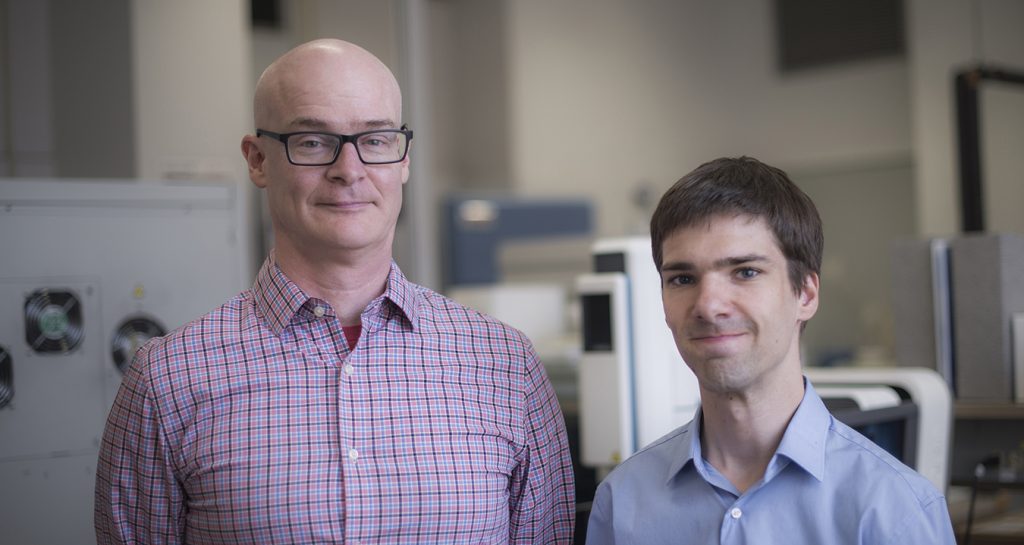New BC-CfE research improves our knowledge and validation of the HIV reservoir
A recently published paper, in the scientific journal Virus Evolution, by a BC-CfE doctoral student provides a way for phylogenetic and other molecular studies of HIV reservoirs to be validated. This vital research will help in the understanding of the dynamics of the HIV-1 reservoir, thus bringing us closer to a durable HIV-1 cure
New BC-CfE research improves our knowledge and validation of the HIV reservoir Read More »


